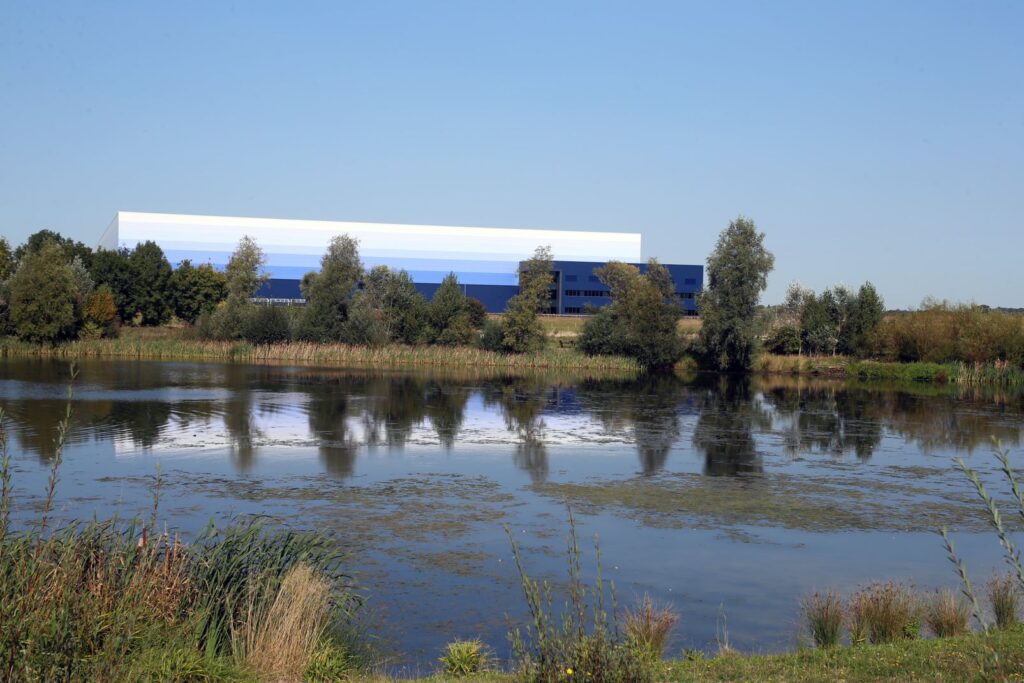Buildings adapted to natural resources: water harvesting systems in logistics assets
This article covers water harvesting in logistics assets as one of many solutions available to operators to reduce their costs and environmental impact. It was initially published on our Spanish blog, and has been edited.
The logistics sector is one of the pillars on which a large part of the world’s commercial activity is based. Its visibility has increased in recent years and, along with it, the demand for its services has grown. However, the need to make its activity sustainable and socially desirable has generated a new challenge for the sector.
The need for more logistics space is on the rise and, despite the many challenges it faces daily, the supply chain continues to be a focus of investment, making it crucial to adapt buildings to social and environmental demands.

Adapted Buildings
It’s in this scenario where buildings adapted to natural resources come into play, a trend that began to manifest itself in the 1980s and that, today, can be one of the keys to reducing the environmental impact of the logistics sector.
The need for space we are talking about is generating a search for new locations to build. We must not negatively impact ecosystems but find ways to adapt to them to meet the demand for services and the needs of the spaces they focus on.
These sustainable buildings introduce an environmental vision from the very construction of the warehouse. From the design of the infrastructure, making it integrated and adapted to the needs of the land and ecosystem surrounding it, to the strategy carried out with the natural resources around it, building assets adapted to the conditions of each location is possible.
One area where this is most visible is the reduction of energy consumption. Renewable resources are on-site, and benefiting from them is one of the advantages that adapted buildings offer. Natural light, wind, rain… everything can be used, the key is having the means to do it.
In the search for a sustainable warehouse, it’s essential to focus on the certifications it has achieved. One of the most popular is BREEAM, which has been ensuring the sustainability of buildings since 1990. Having logistics facilities with these certifications is essential to validate that you are carrying out sustainable activity.
Water collection systems
Along with the sustainable possibilities offered by adapted buildings, we chose to use rainwater harvesting systems in our logistics assets. This method is based on the installation of a network of drains and gutters that, through a series of downpipes, accumulate a large amount of water that is then filtered and stored. This makes it possible to reduce water use and to give valuable life to a limited resource of our planet.
This water can be used in multiple areas of the warehouse, mainly to care for the ecosystem surrounding it by storing water and being able to take care of the environment surrounding the infrastructure.
In addition, other benefits include its application to temperature-controlled areas, saving costs in this area by using it to thermoregulate certain areas that need it.
Although rainwater is not drinkable, systems can also be installed to purify it, making it available for a wide range of uses.
Buildings adapted to utilise natural supplies are an increasingly useful resource in the logistics area. The growing demand for space in the sector forces the need to produce more logistics land. To do this in a way that achieves a synergy between all needs, both socially and environmentally, investing in sustainable infrastructure is a smart move.

ESG Manager, Europe.